Have you ever imagined the sheer magnitude of hosting tens of thousands of spectators in a single venue during antiquity? This magnificent structure featured precisely 80 entrances, each strategically designed to manage crowds effectively, granting access and egress swiftly and safely. According to historical records and architectural evaluations, the Colosseum comfortably accommodated between 50,000 to 60,000 visitors, a capacity still subject to scholarly discourse today.
However, the Colosseum was not merely an amphitheatre—it represented an entire ecosystem, purpose-built to cater to diverse and dramatic events. From the intense spectacle of gladiatorial combats and gripping hunts of wild beasts to the astonishing reenactment of naval battles, complete with ships and flooded arenas, the range of entertainments provided were extensive and exceptional, showcasing the boundless creativity and ruthless entertainment preferences of Roman society.
Behind the scenes, there existed an incredibly intricate infrastructure, a testament to Roman ingenuity, which seamlessly sustained these large-scale performances. Imagine a complex, sophisticated hydraulic network capable of collecting, distributing, and draining vast quantities of water for simulated maritime conflicts! Additionally, essential amenities like public latrines, drinking fountains, and facilities ensuring hygiene were systematically integrated into this immense architectural wonder, indicating meticulous planning for prolonged public gatherings.
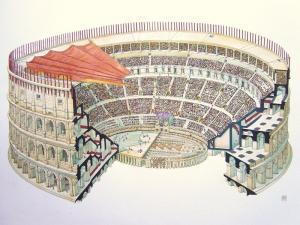
Made from stone and concrete, this splendid monument was constructed with the man power of tens of thousands of slaves. (using over 60,000 Jewish slaves.).
Scholarly debates concerning the exact spectator capacity of the Colosseum persist, even centuries after its construction. Various archaeological analyses and ancient textual evidence suggest that the Colosseum could realistically seat close to 60,000 individuals at peak occupancy. Despite varying estimations, contemporary researchers agree that this figure reflects an impressively accurate understanding of crowd control and architectural limits.
Ultimately, exploring the Colosseum’s capacity transcends mere numerical fascination; it allows a deeper appreciation of ancient Rome’s unparalleled capability in urban planning and event management. Reflecting on such sophistication inevitably compels admiration for a civilization that could build an amphitheatre which, to this day, remains an enduring icon of human achievement and innovation.

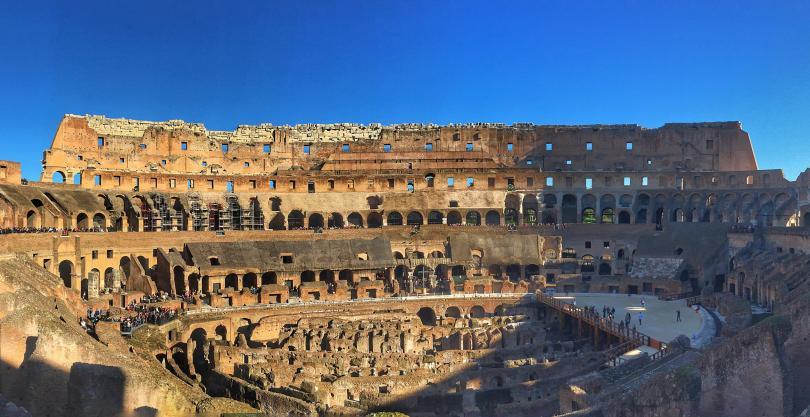
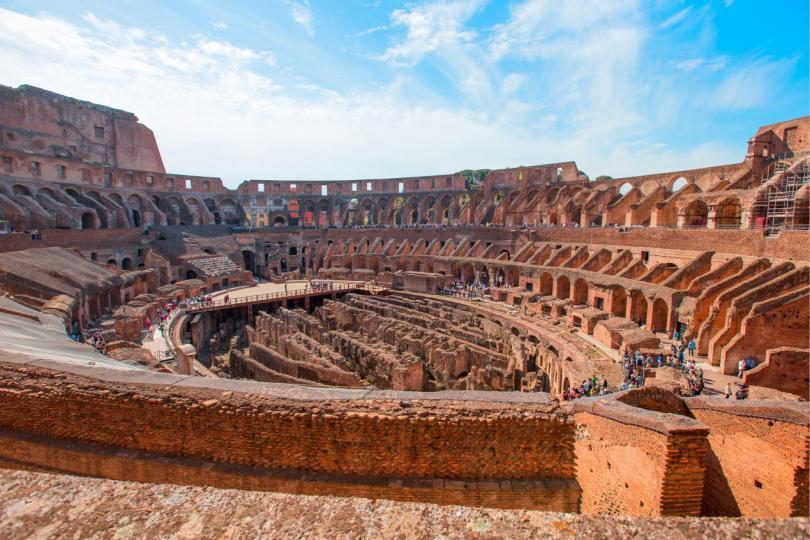
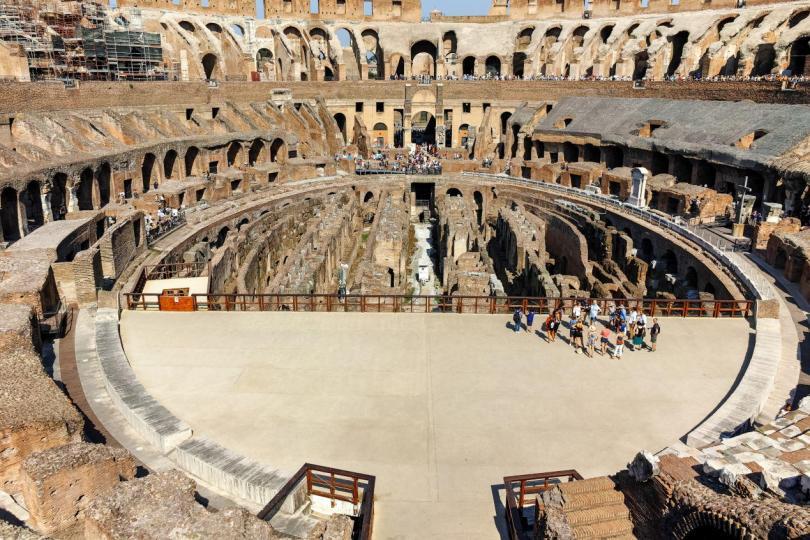
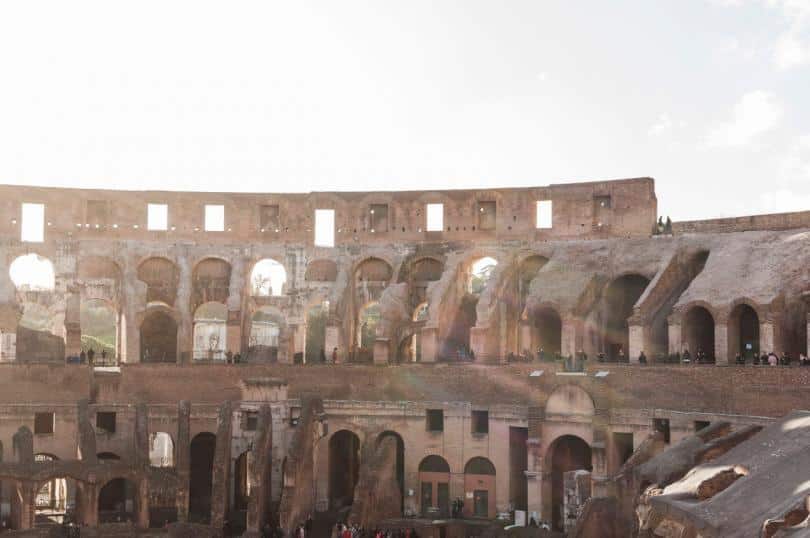
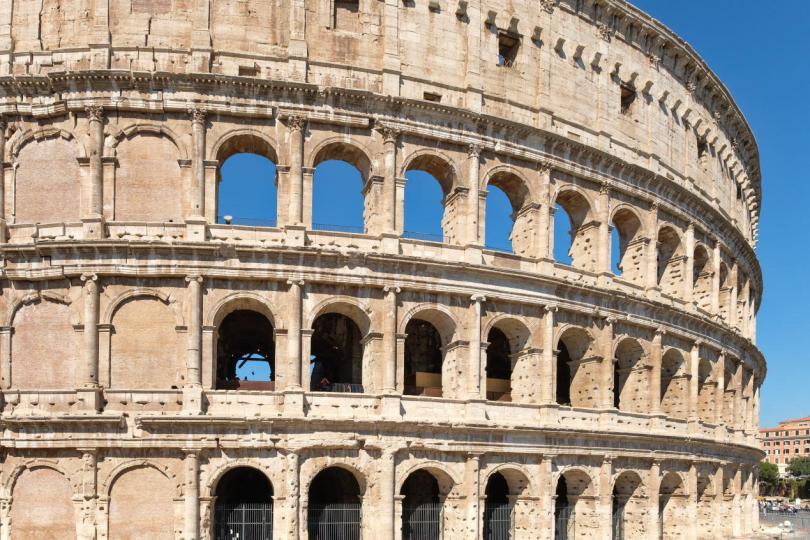
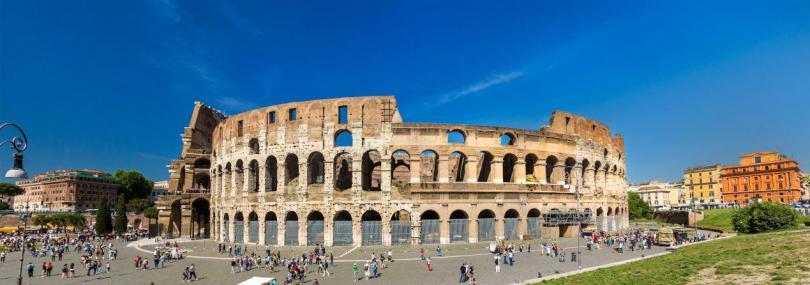
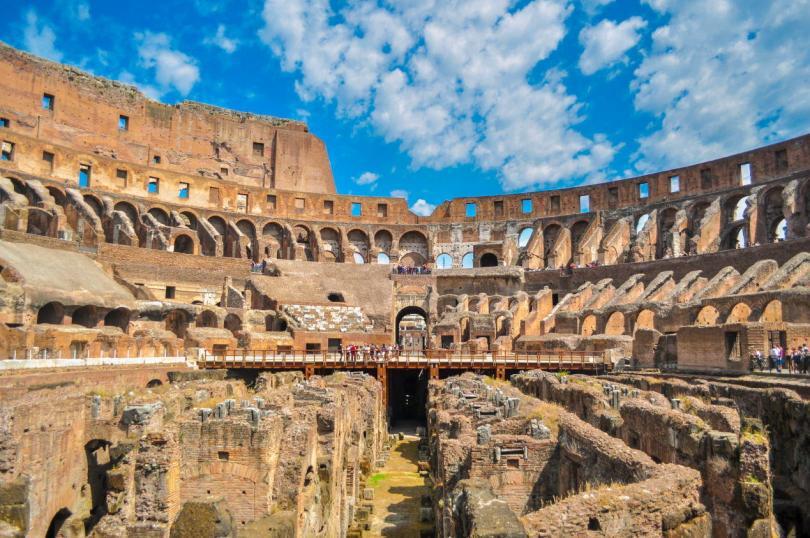
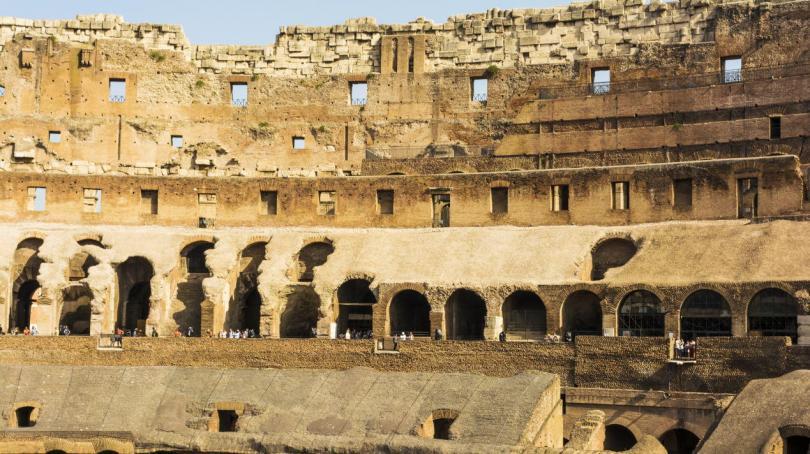
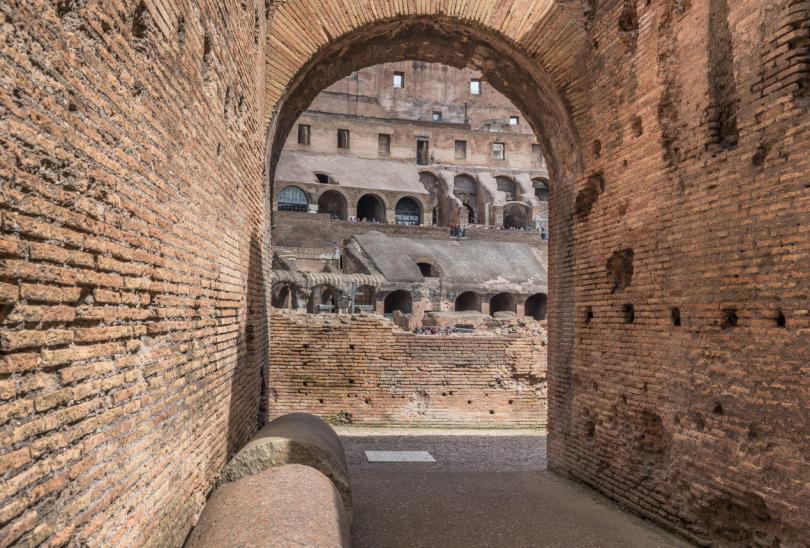
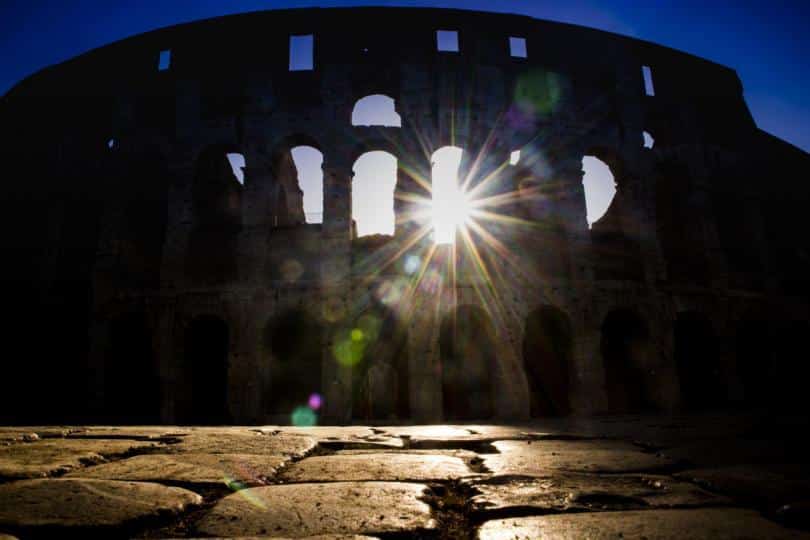
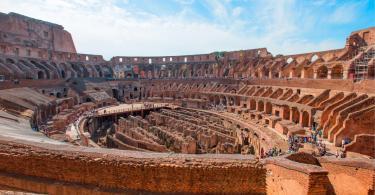
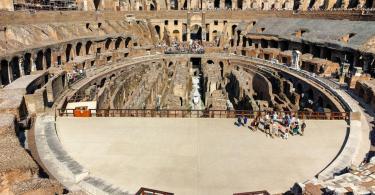
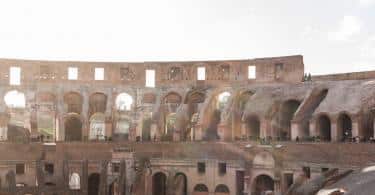
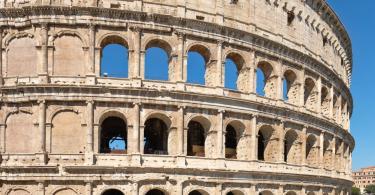
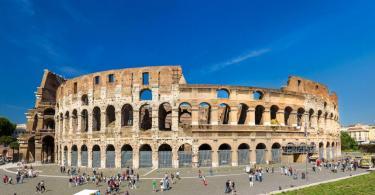
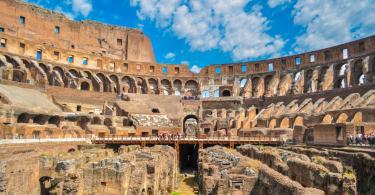
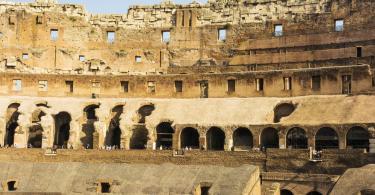
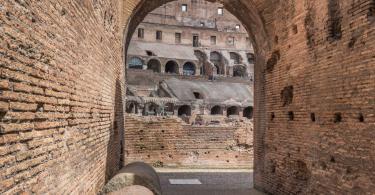
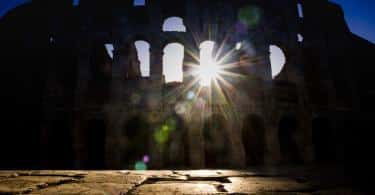
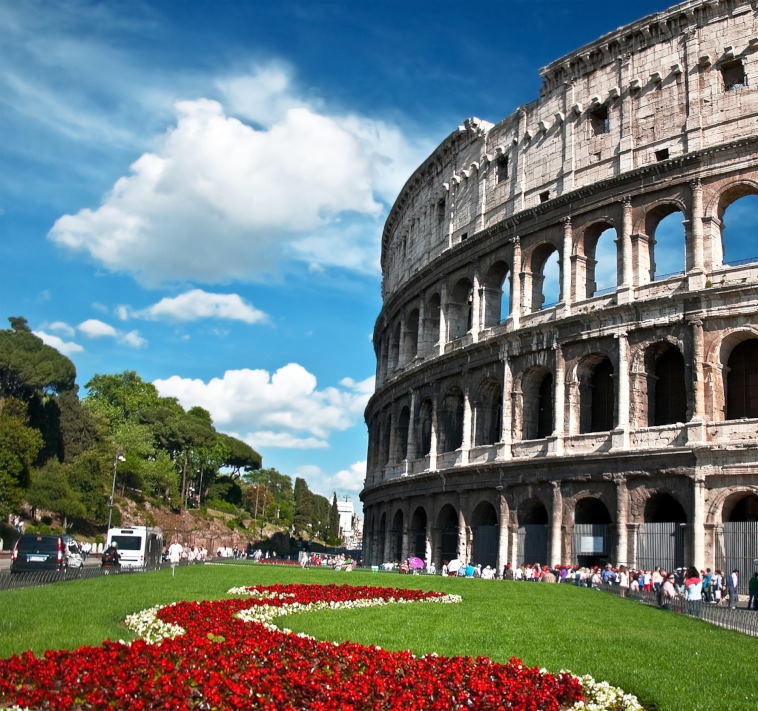

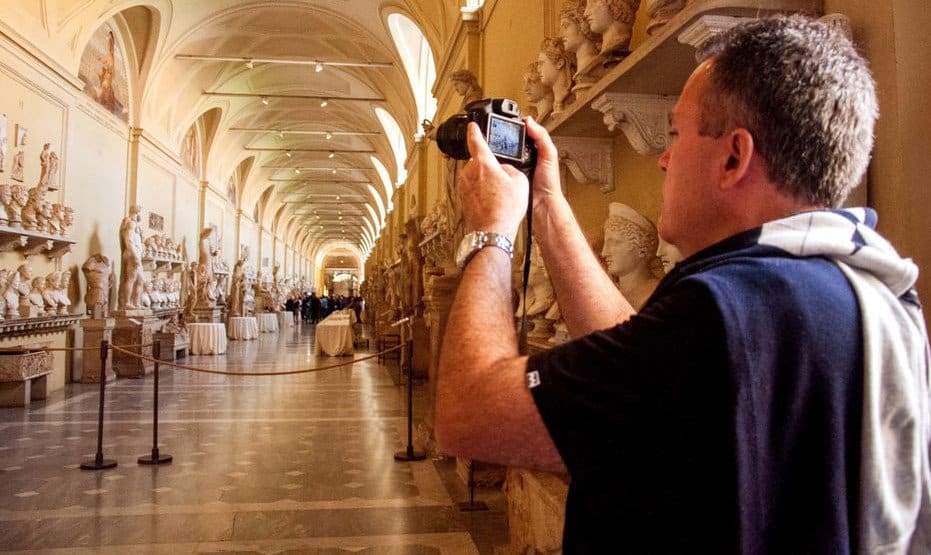
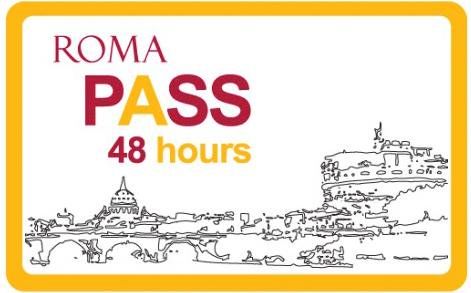
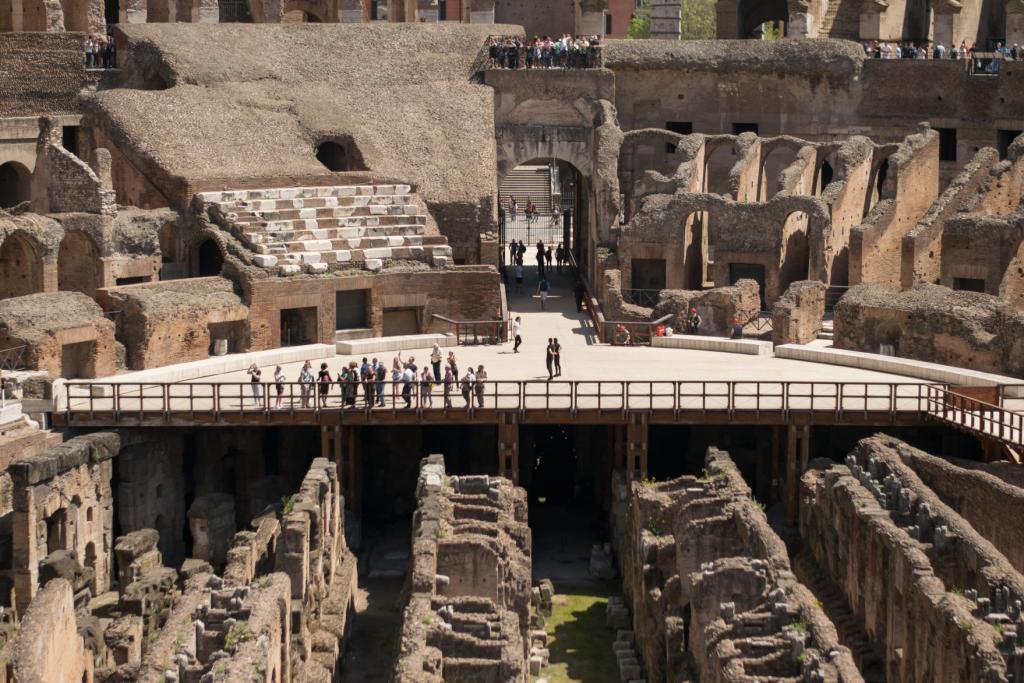



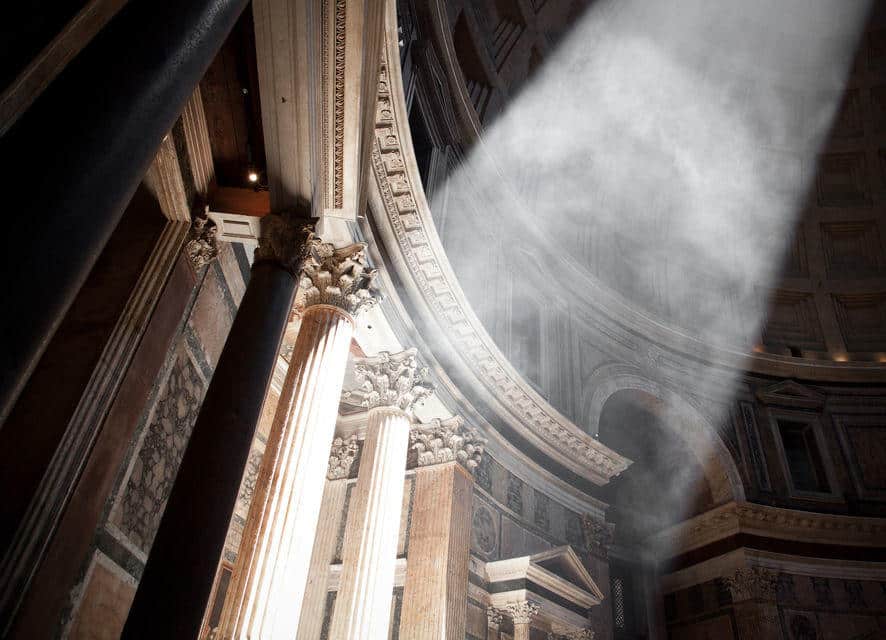
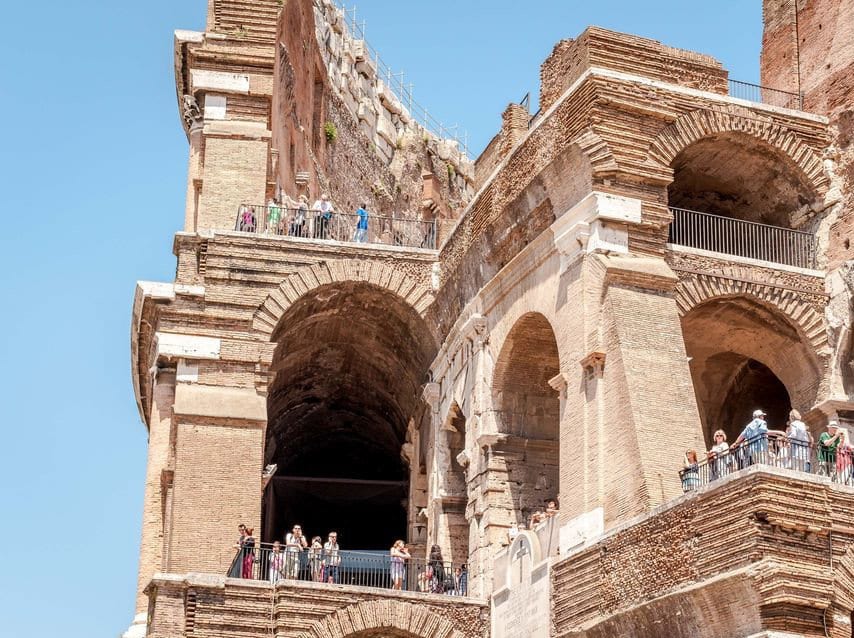
Leave a Comment